
As awareness of environmental issues continues to grow, many individuals are seeking ways to reduce their carbon footprint and create a greener lifestyle. One area where sustainable choices can make a significant impact is in home design and decor. Incorporating eco-friendly practices and materials into your home not only reduces your environmental impact but also creates a healthier and more sustainable living space. In this article, we will explore the principles of eco-friendly design and provide practical tips for making sustainable choices to create a greener home.
1. Understanding Eco-Friendly Design: Balancing Sustainability and Style
In today’s world, where environmental concerns are at the forefront, eco-friendly design has become a prominent aspect of interior design. Achieving a greener home is not just about reducing your carbon footprint but also creating a space that reflects your style and personality.
1.1. The Importance of Eco-Friendly Interior Design
Eco-friendly interior design goes beyond merely incorporating green elements into a space. It involves a conscious effort to minimize negative impacts on the environment, promoting sustainable practices, and choosing products that align with a greener lifestyle. By understanding the significance of eco-friendly design, individuals can make informed choices when revamping their homes.
1.2. Integrating Sustainability into Aesthetics
Contrary to popular belief, sustainable design does not mean compromising on style or aesthetics. In fact, eco-friendly design offers an opportunity to explore innovative, creative, and visually appealing solutions. By focusing on natural elements, energy-efficient lighting, and environmentally conscious furnishings, interior designers can strike the perfect balance between sustainability and style.
1.3. The Role of Repurposing and Upcycling
A key aspect of eco-friendly design lies in the practice of repurposing and upcycling. Embracing pre-owned or vintage furniture not only adds character to your home but also reduces the demand for new materials. Integrating these unique pieces into your interior design can create a warm, inviting atmosphere while reducing waste and carbon emissions.
1.4. Incorporating Biophilic Design
Biophilic design connects individuals with nature by incorporating natural elements into interior spaces. From indoor plants to large windows allowing ample natural light, these elements promote well-being, reduce stress, and enhance indoor air quality. Integrating biophilic design principles into your home fosters a healthier and more sustainable living environment.
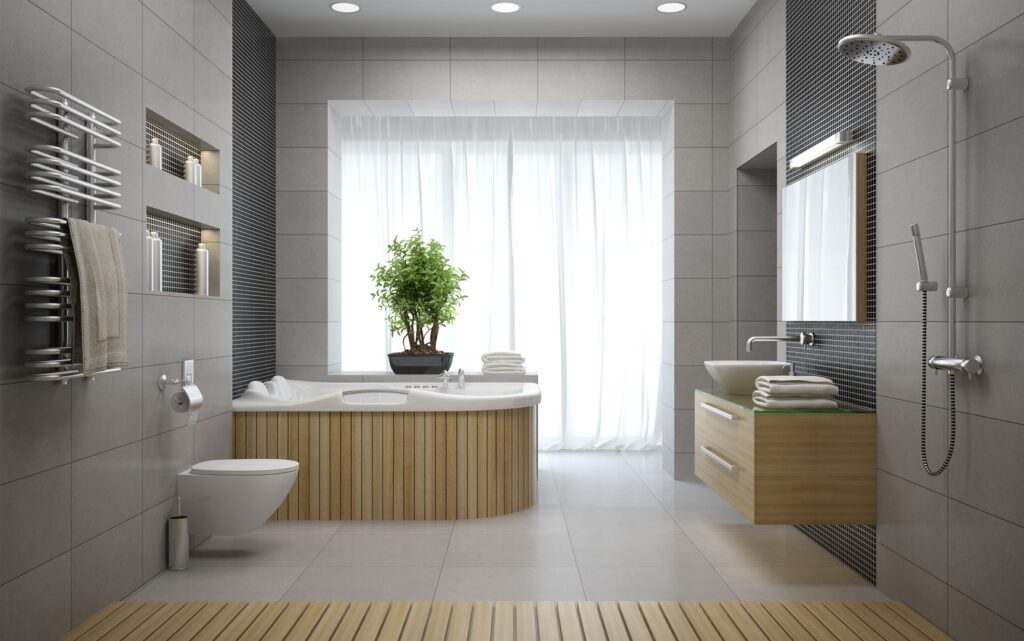
2. Energy Efficiency: Reducing Consumption and Waste
Energy-efficient interior design not only helps homeowners save money on utility bills but also significantly reduces greenhouse gas emissions. By employing energy-saving technologies and sustainable practices, individuals can contribute to a more sustainable future while enjoying a comfortable and eco-friendly living environment.
2.1. Effective Lighting Solutions
Lighting accounts for a substantial portion of a home’s energy consumption. Opting for energy-efficient LED bulbs and fixtures can significantly lower energy usage. Additionally, incorporating smart lighting systems that adjust brightness and usage based on natural light availability and occupancy further enhances energy efficiency.
2.2. Heating, Ventilation, and Air Conditioning (HVAC) Systems
HVAC systems often consume large amounts of energy. Upgrading to energy-efficient heating and cooling systems can substantially decrease energy consumption and lower carbon emissions. Regular maintenance and proper insulation are also crucial for optimizing the efficiency of these systems.
2.3. Home Appliances and Electronics
Modern homes are filled with various electronic devices and appliances, all of which contribute to energy consumption. Opting for energy-efficient appliances and using power strips to prevent standby power can make a significant difference in reducing energy waste.
2.4. Smart Home Technology and Energy Monitoring
Integrating smart home technology allows homeowners to monitor and control energy usage efficiently. From smart thermostats to energy monitoring apps, these tools empower individuals to make informed decisions about their energy consumption, leading to a more sustainable lifestyle.
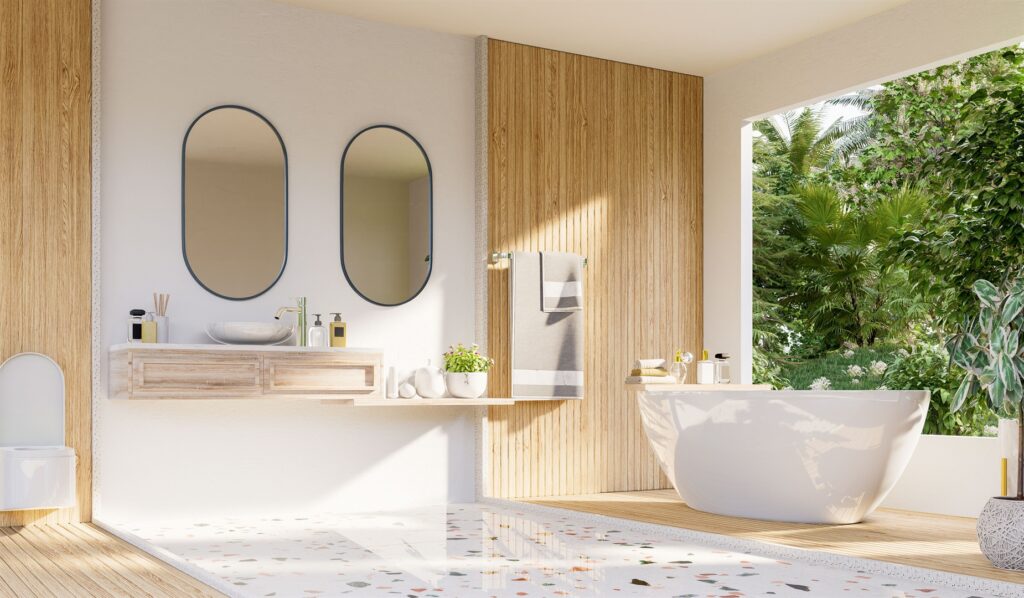
3. Sustainable Materials: Choosing Responsibly Sourced Options
Sustainable materials are those that are responsibly sourced, manufactured, and have a minimal environmental impact. By incorporating these materials into interior design, homeowners can reduce their ecological footprint and contribute to the preservation of natural resources.
3.1. Sustainable Flooring Options
Flooring choices significantly impact the indoor environment and overall sustainability. Opting for eco-friendly materials like bamboo, cork, or reclaimed wood not only adds a unique touch to the interior design but also promotes the responsible use of renewable resources.
3.2. Eco-Friendly Furniture and Upholstery
When selecting furniture and upholstery, it is essential to consider the materials used in their production. Choosing pieces made from reclaimed or FSC-certified wood, natural fabrics, and non-toxic finishes ensures that the furniture is environmentally friendly and safe for indoor use.
3.3. Low VOC Paints and Finishes
Traditional paints and finishes can release harmful volatile organic compounds (VOCs) into the air, contributing to indoor air pollution. Opting for low VOC or zero VOC paints and finishes ensures better indoor air quality and reduces the negative impact on the environment.
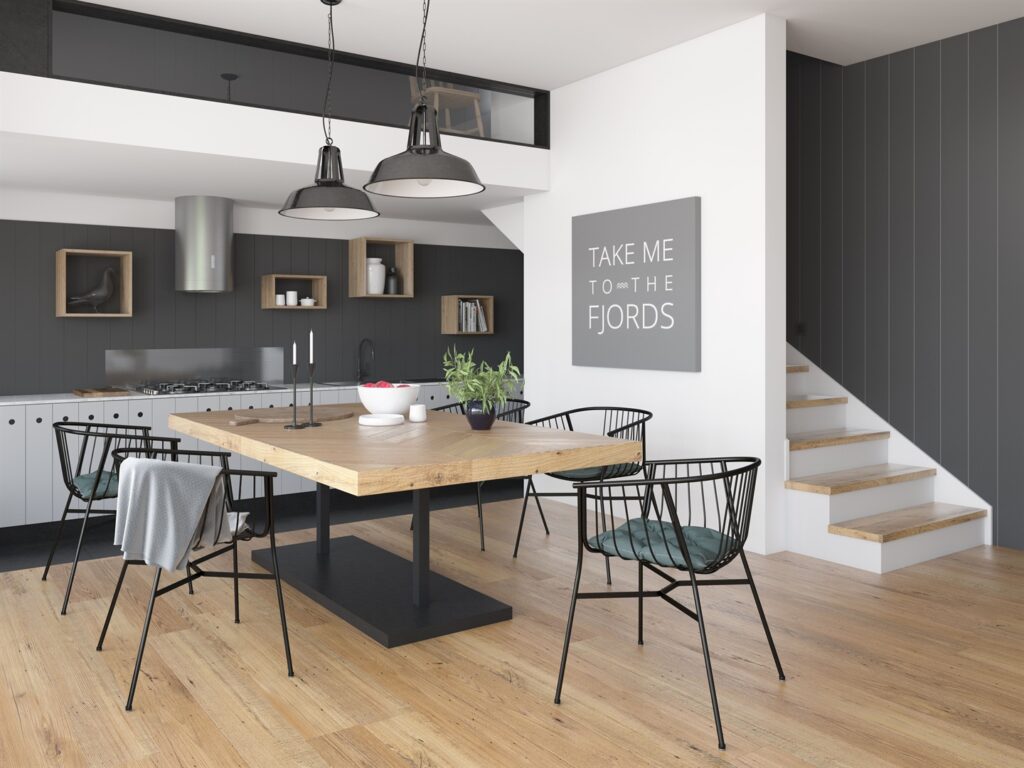
4. Water Conservation: Minimizing Water Usage
Water is a precious resource, and in the pursuit of an eco-friendly home, water conservation plays a vital role. Here are the strategies for minimizing water usage in interior design, fostering a sustainable and greener living space.
4.1. Efficient Plumbing Fixtures
Efficient plumbing fixtures are a cornerstone of water conservation. Installing low-flow faucets, showerheads, and toilets can significantly reduce water consumption without compromising on functionality. These fixtures not only save water but also contribute to lower utility bills, making them a practical choice for eco-conscious homeowners.
4.2. Harvesting Rainwater
Rainwater harvesting is an innovative approach to supplementing household water needs. By collecting rainwater from rooftops and directing it to storage tanks, homeowners can use this water for non-potable purposes like watering plants and cleaning, reducing reliance on municipal water supplies.
4.3. Native and Drought-Resistant Landscaping
Landscaping choices also impact water usage. Opting for native plants and drought-resistant landscaping not only reduces the need for irrigation but also supports local ecosystems. Incorporating these elements into interior design can extend eco-friendly practices to outdoor spaces.
4.4. Smart Irrigation Systems
For those with gardens or outdoor green spaces, using smart irrigation systems is a water-efficient solution. These systems adjust watering schedules based on weather conditions, soil moisture, and plant needs, ensuring that water is used only when necessary, and preventing overwatering and water waste.
4.5. Water Monitoring and Leak Detection
Regularly monitoring water usage and promptly addressing leaks is essential for water conservation. Implementing water monitoring systems and leak detection devices helps homeowners identify and fix leaks before they escalate, preventing unnecessary water wastage.
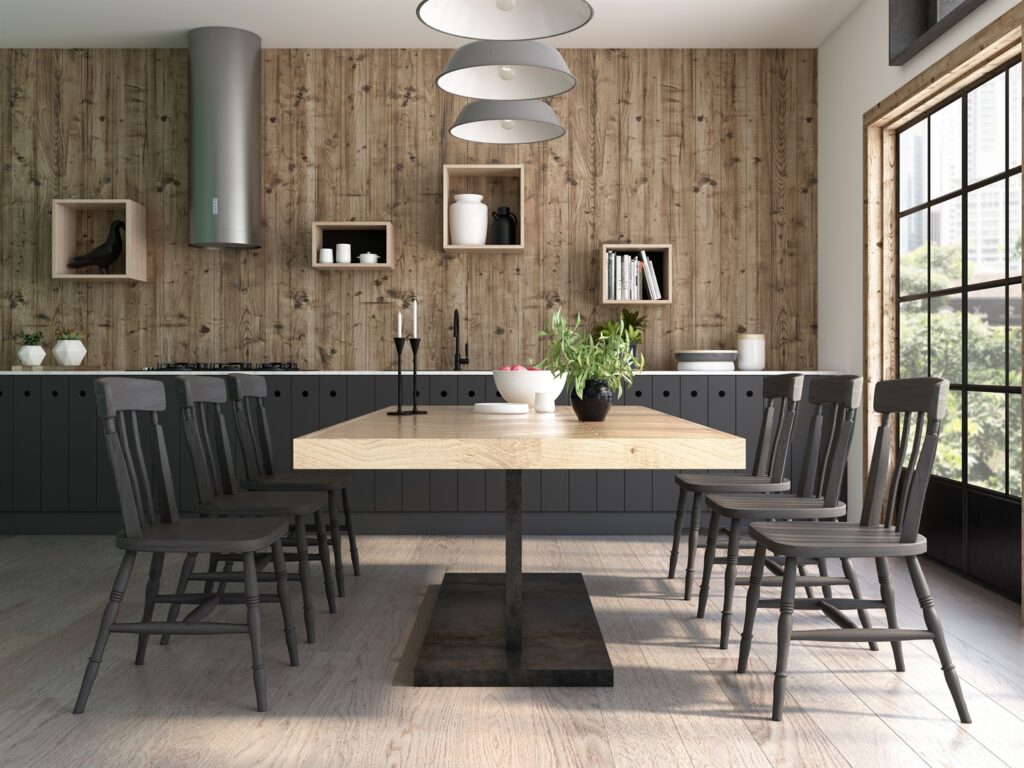
5. Indoor Air Quality: Prioritizing Health and Wellness
Indoor air quality directly impacts the health and well-being of occupants. As part of an eco-friendly interior design approach, prioritizing indoor air quality becomes crucial.
5.1. Proper Ventilation
Proper ventilation is key to reducing indoor air pollutants. Ensuring adequate ventilation in the home helps remove airborne pollutants, including volatile organic compounds (VOCs), mold, and allergens, promoting fresher and healthier indoor air.
5.2. Natural Air Purifiers
Introducing natural air purifiers like indoor plants can significantly improve indoor air quality. Certain plants are known for their air-purifying properties, filtering out harmful toxins and pollutants, and contributing to a more refreshing atmosphere.
5.3. Air Filtration Systems
Air filtration systems are an effective way to enhance indoor air quality. High-quality air purifiers with HEPA filters can trap fine particles and allergens, making the air cleaner and safer to breathe.
5.4. Regular Cleaning and Maintenance
Regular cleaning and maintenance routines are essential for reducing indoor air pollutants. Dusting, vacuuming with HEPA filters, and keeping HVAC systems clean can prevent the buildup of allergens and contaminants.
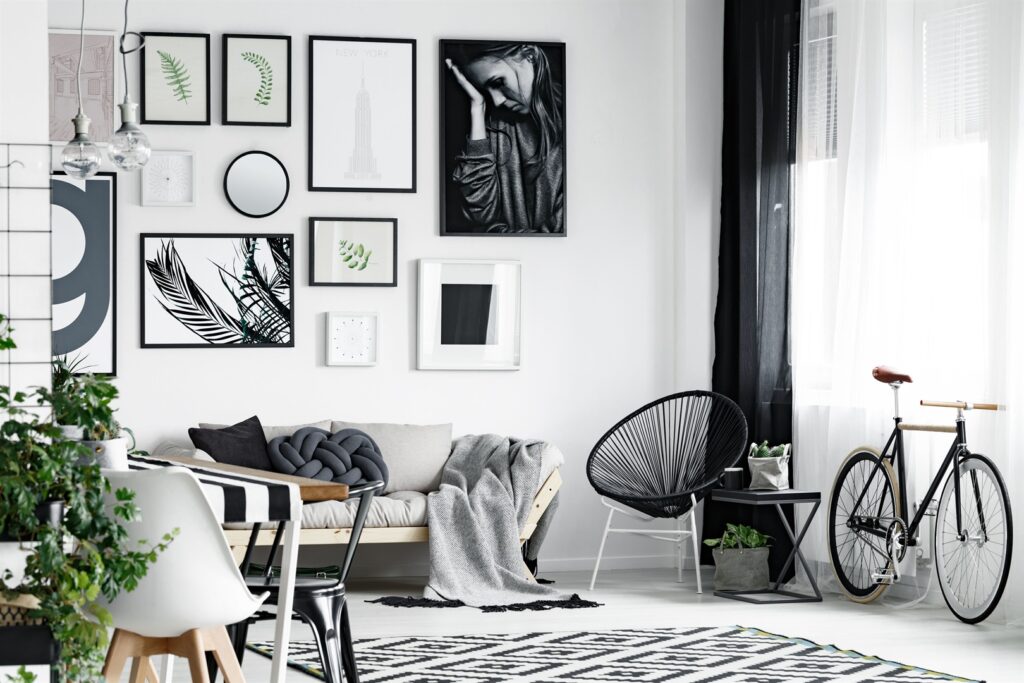
6. Recycling and Waste Management: Responsible Disposal Practices
Responsible recycling and waste management are integral components of eco-friendly interior design. Let’s dive into the importance of adopting sustainable disposal practices to reduce the environmental impact and create a greener home.
6.1. Implementing a Recycling System
Setting up a recycling system within the home is the first step toward responsible waste management. Designate specific bins for different recyclable materials, such as paper, plastic, glass, and metal, and educate household members on proper recycling practices.
6.2. Donating Unwanted Items
Instead of discarding unwanted items, consider donating them to local charities or thrift stores. Donating gently used furniture, clothing, and household items helps extend their lifecycle and benefits those in need.
6.3. Composting Organic Waste
Composting organic waste is a sustainable way to divert waste from landfills. Kitchen scraps and yard trimmings can be composted to create nutrient-rich soil for gardening, promoting a circular and environmentally friendly approach.
6.4. Sustainable Packaging and Purchasing Choices
When buying new items for interior design, opt for products with minimal and sustainable packaging. Choosing products made from recycled materials or those that can be easily recycled at the end of their life cycle supports sustainable manufacturing practices.
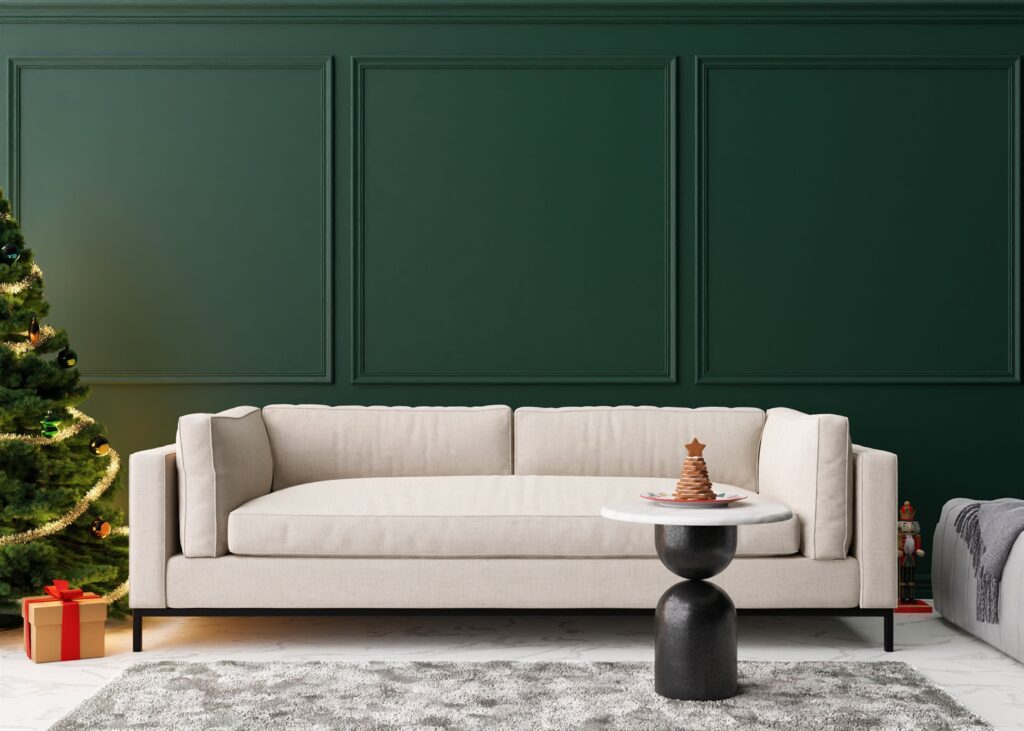
7. Sustainable Landscaping: Creating an Eco-Friendly Outdoor Space
Eco-friendly design is not limited to the interior of your home, it extends to the outdoor spaces as well. Sustainable landscaping is a vital aspect of creating a greener home, promoting biodiversity, conserving resources, and reducing environmental impact.
7.1. The Benefits of Sustainable Landscaping
Embracing sustainable landscaping brings numerous benefits to both the environment and homeowners. From improved air and water quality to reduced energy consumption and lower maintenance costs, the advantages of eco-friendly outdoor spaces are vast. Additionally, creating a green oasis in your backyard enhances the overall aesthetic appeal and value of your property.
7.2. Native Plants and Biodiversity
Choosing native plants for your landscaping not only supports local ecosystems but also requires less water and maintenance. Native plants are better adapted to the climate and soil conditions, making them resilient and long-lasting. Creating a diverse range of plant species encourages biodiversity and provides habitats for birds, bees, butterflies, and other beneficial wildlife.
7.3. Water Conservation Techniques
Water scarcity is a pressing global issue, making water-efficient landscaping practices essential. Implementing drip irrigation systems, collecting rainwater, and using mulch to retain soil moisture are effective ways to conserve water and reduce wastage in your outdoor space.
7.4. Sustainable Hardscaping Materials
In addition to vegetation, hardscaping elements like pathways, patios, and retaining walls also play a role in sustainable landscaping. Opting for eco-friendly materials such as permeable pavers, reclaimed wood, or recycled materials minimizes the environmental impact of your outdoor design.
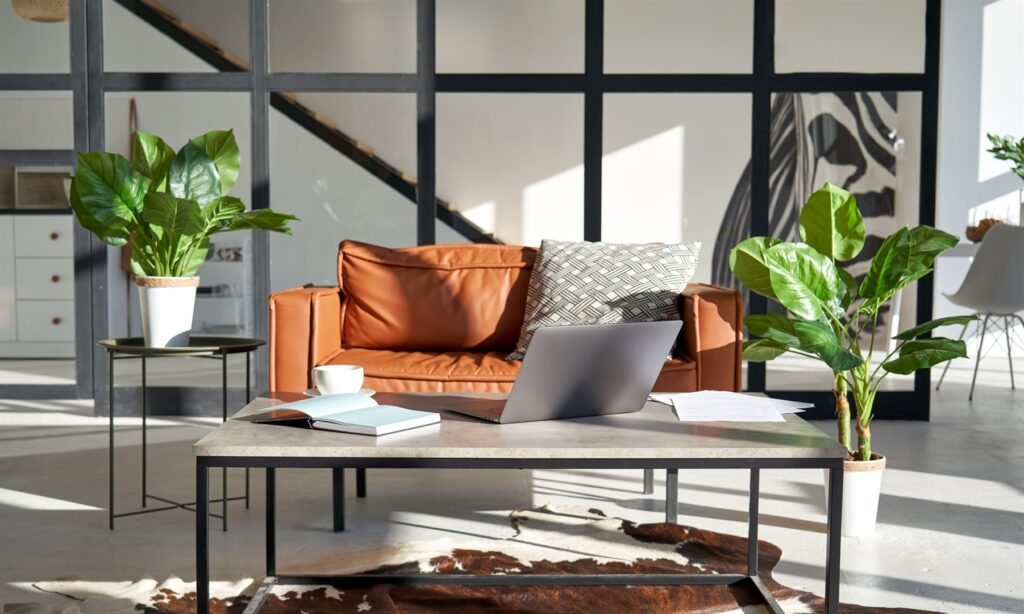
8. Education and Advocacy: Sharing the Knowledge
Promoting eco-friendly design goes beyond individual actions; it involves educating others and advocating for sustainable choices. By spreading knowledge and raising awareness, we can collectively make a significant impact on the environment.
8.1. The Power of Knowledge and Awareness
Educating ourselves about eco-friendly practices and the impact of our choices is the first step towards sustainable living. Understanding the interconnectedness of human actions and the environment empowers individuals to make informed decisions in their interior design and lifestyle.
8.2. Spreading the Word: Sustainable Interior Design
Interior designers, bloggers, and influencers play a crucial role in shaping trends and consumer choices. By promoting sustainable interior design principles through online platforms, workshops, and social media, they can inspire a broader audience to embrace eco-friendly choices.
8.3. Collaboration with Professionals and Organizations
Architects, interior designers, and contractors can actively advocate for sustainable design by incorporating eco-friendly options in their projects. Partnering with green building organizations and seeking eco-certifications can further reinforce their commitment to sustainable practices.
8.4. Engaging the Community
Educating and involving the local community is essential for creating a lasting impact. Hosting workshops, seminars, and community events on sustainable living and eco-friendly design fosters a sense of collective responsibility and encourages positive change at the grassroots level.
8.5. Supporting Sustainable Brands and Products
As consumers, our choices have a direct impact on the market. By supporting brands that prioritize sustainability, we send a clear message to the industry about our values and preferences. Sharing information about eco-friendly products and services amplifies the demand for greener options.
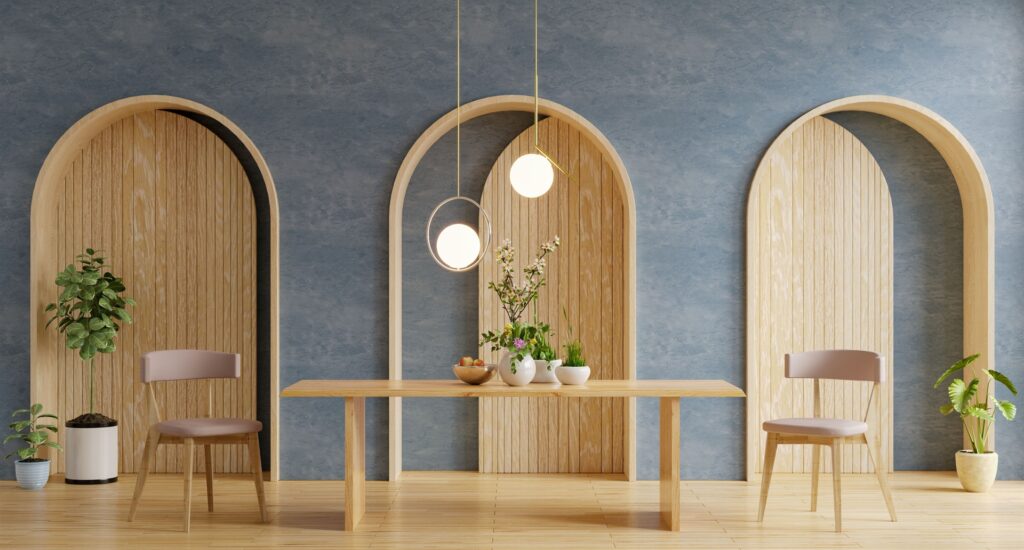
Conclusion
The eco-friendly design offers a pathway to create a greener and more sustainable home. By adopting sustainable practices such as energy efficiency, using eco-friendly materials, conserving water, improving indoor air quality, managing waste responsibly, and promoting sustainable landscaping, you can reduce your environmental impact and create a healthier living space. Remember that every small change makes a difference, and by incorporating eco-friendly choices into your home design, you contribute to a greener future for generations to come.
Recent Articles
-
 Winter's Warm Embrace: Crafting A Cozy Sanctuary With Hygge-Inspired Décor
Winter's Warm Embrace: Crafting A Cozy Sanctuary With Hygge-Inspired Décor -
 The Art Of Elevating Well-Being With Nature-Infused Interior Design
The Art Of Elevating Well-Being With Nature-Infused Interior Design -
 Enigmatic Allure: The Timeless Elegance Of Embracing Dark Colors In Interior Design
Enigmatic Allure: The Timeless Elegance Of Embracing Dark Colors In Interior Design -
 Sustainable Serenity: Crafting Eco-Friendly Sanctuaries With Organic Materials In Interior Design
Sustainable Serenity: Crafting Eco-Friendly Sanctuaries With Organic Materials In Interior Design


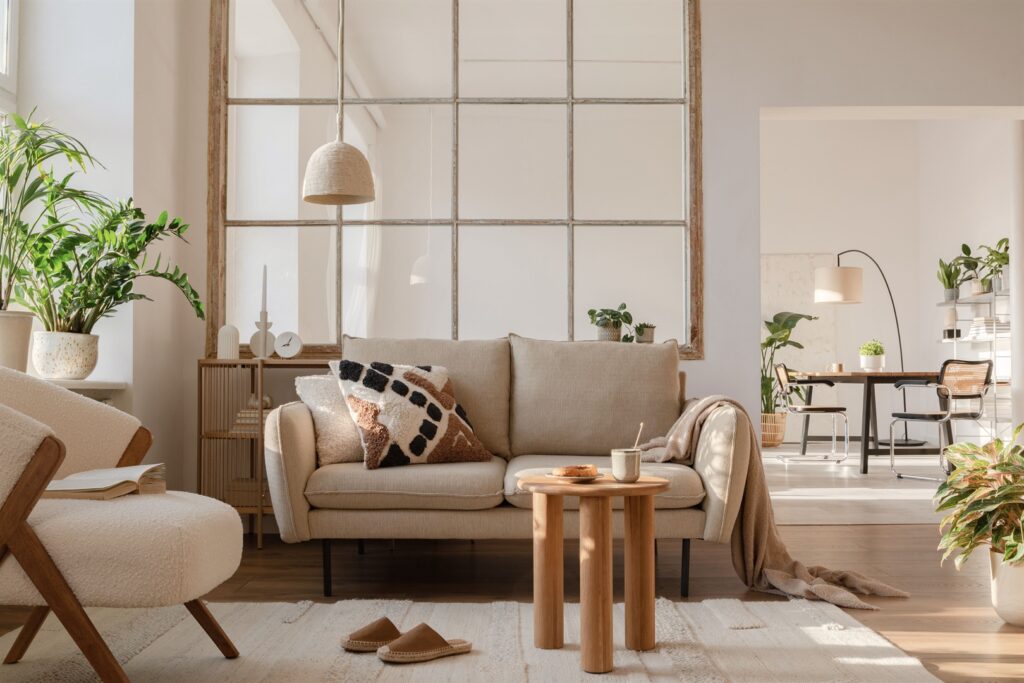
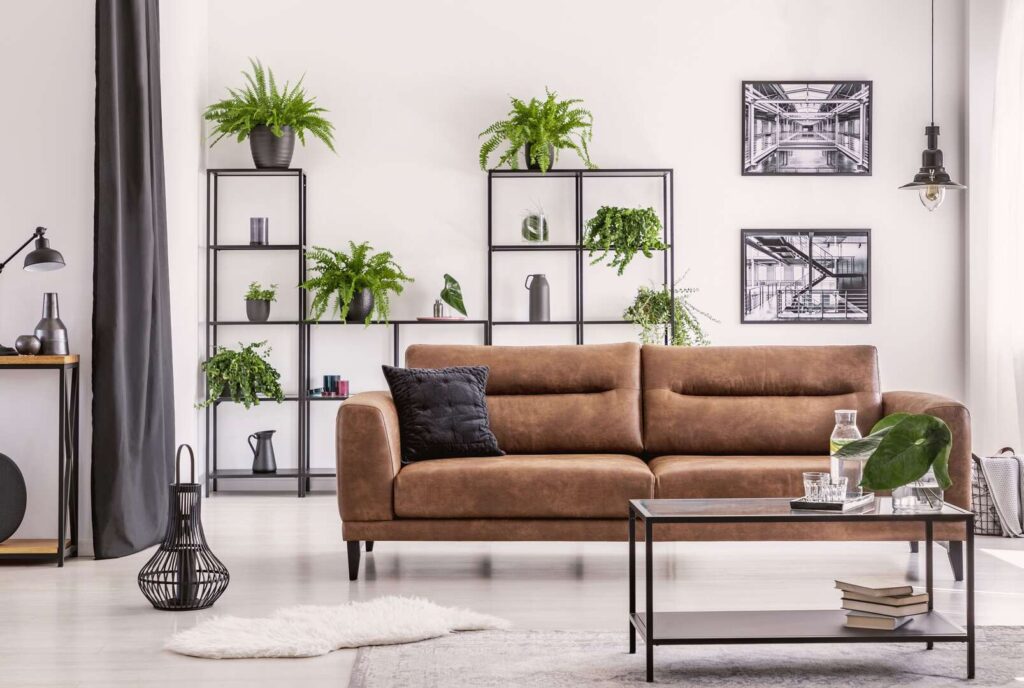
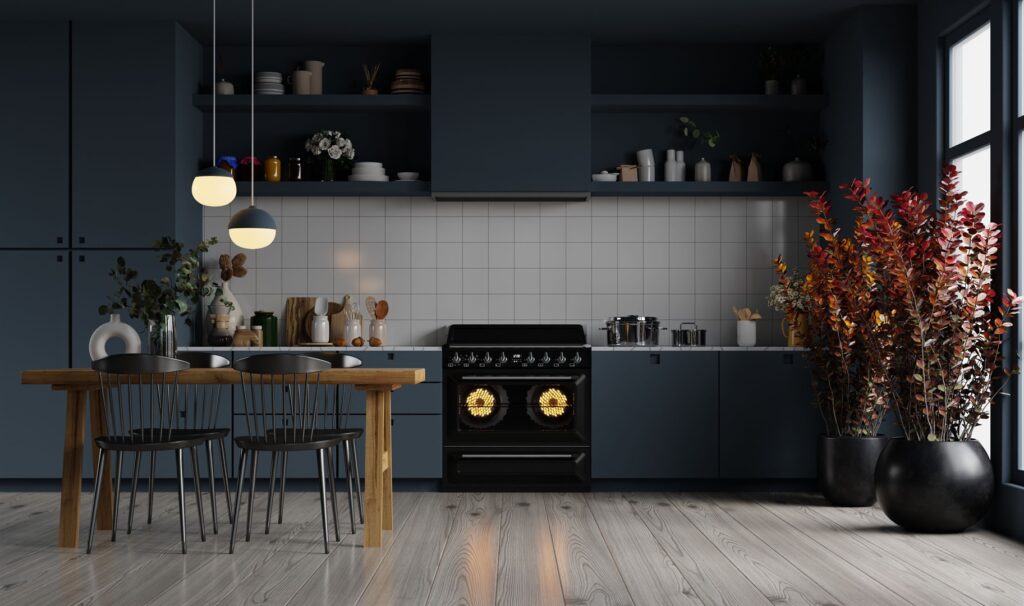
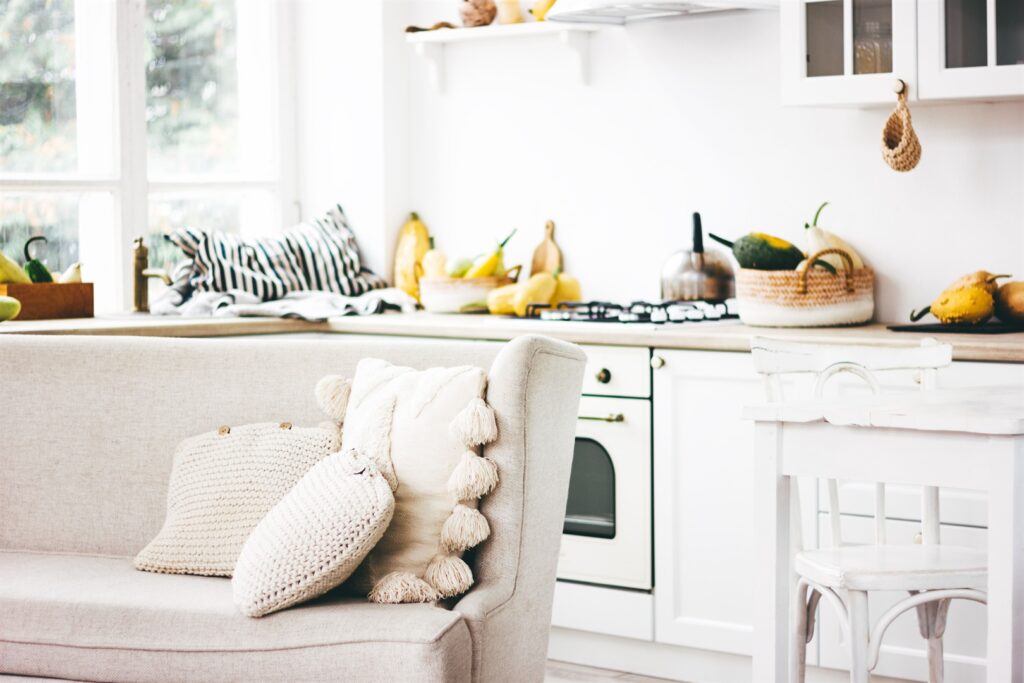

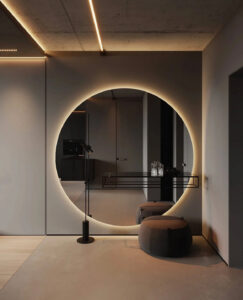
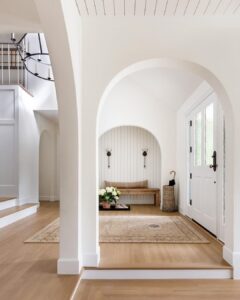

.png)